Rhubarb Pie Recipe: Tart, Sweet, and Easy to Make
Have you ever wondered why rhubarb transforms from a stringy, sour vegetable into a luscious, caramelized filling that rivals the most beloved fruit desserts? This remarkable transformation happens through the magic of slow baking, where rhubarb’s natural tartness mellows into a complex, sweet-tart flavor profile that has captivated dessert lovers for generations. Our rhubarb pie recipe harnesses this incredible metamorphosis, creating a baked dessert recipe that perfectly balances tangy rhubarb with a flaky, golden crust.
The secret lies in understanding rhubarb’s unique cellular structure, which breaks down during baking to release natural pectins that create the perfect pie filling consistency. Unlike traditional fruit pies that rely on added thickeners, rhubarb naturally creates its own syrupy base when combined with sugar and gentle heat. This homemade rhubarb pie celebrates the ingredient’s natural characteristics while delivering a dessert that’s both rustic and refined.
Table of Contents
Ingredients List
For this rhubarb pie you’ll need fresh, vibrant ingredients that work in harmony to create layers of flavor and texture. The key is selecting young, tender rhubarb stalks that are bright red or pink, as these contain the perfect balance of acidity and natural sugars.
For the Pie Crust:
- 2½ cups all-purpose flour (substitute with whole wheat pastry flour for nuttier flavor)
- 1 teaspoon salt
- 1 cup cold unsalted butter, cubed (vegan butter works equally well)
- 6-8 tablespoons ice water
- 1 tablespoon apple cider vinegar
For the Rhubarb Filling:
- 6 cups fresh rhubarb, cut into ½-inch pieces (frozen rhubarb can substitute, though drain excess liquid)
- 1¼ cups granulated sugar (coconut sugar provides deeper caramelization)
- ⅓ cup cornstarch (tapioca starch works for gluten-free option)
- 1 tablespoon fresh lemon juice
- 1 teaspoon vanilla extract
- ¼ teaspoon ground cinnamon
- Pinch of salt
- 2 tablespoons butter, cut into small pieces
The beauty of this rhubarb pie recipe lies in its adaptability—feel free to experiment with additions like fresh strawberries, orange zest, or a hint of cardamom to create your signature variation.
Timing
This rhubarb pie requires careful timing to achieve the perfect balance of tender rhubarb and golden, flaky crust:
- Preparation time: 45 minutes (including crust preparation and filling assembly)
- Chilling time: 30 minutes (essential for preventing soggy bottom crust)
- Baking time: 55-65 minutes (depending on oven and desired crust color)
- Cooling time: 2-3 hours (allows filling to set properly)
- Total time: 4-5 hours from start to first slice
Step-by-Step Instructions
Prepare the Perfect Pie Crust
Begin by creating a foundation that will cradle your rhubarb filling beautifully. In a large mixing bowl, whisk together flour and salt, creating tiny air pockets that will contribute to the crust’s flakiness. Add cold, cubed butter and use a pastry cutter or your fingertips to work the butter into the flour until the mixture resembles coarse breadcrumbs with some pea-sized butter pieces remaining—these butter pockets will create steam during baking, resulting in those coveted flaky layers.
Gradually sprinkle ice water and apple cider vinegar over the mixture, using a fork to gently combine until the dough just begins to hold together. The vinegar acts as a tenderizer, ensuring your crust remains tender rather than tough. Divide the dough into two portions, shape into disks, wrap in plastic, and refrigerate for at least 30 minutes.
Create the Rhubarb Filling
While your dough chills, prepare the star of the show. In a large bowl, combine the chopped rhubarb with sugar, allowing the natural juices to begin extracting—this process, called maceration, intensifies the rhubarb’s flavor while creating the base for your filling’s syrup. Add cornstarch, lemon juice, vanilla, cinnamon, and salt, tossing everything together until the rhubarb pieces are evenly coated.
The cornstarch will absorb the rhubarb’s natural juices during baking, preventing a watery pie while maintaining that perfect gel-like consistency that makes each slice hold its shape beautifully.
Assemble Your Masterpiece
Preheat your oven to 425°F and roll out your bottom crust on a floured surface, aiming for a circle about 12 inches in diameter. Gently transfer it to a 9-inch pie pan, allowing the edges to drape over the sides naturally. Fill with your prepared rhubarb mixture, distributing evenly and dotting the surface with small butter pieces that will melt during baking, adding richness and helping to brown the filling.
Roll out your top crust and place it over the filling, or create a lattice pattern for an impressive presentation that allows steam to escape naturally. Trim excess dough, leaving about an inch overhang, then fold and crimp the edges to seal completely—this prevents delicious juices from bubbling over during baking.
Achieve Bakery-Perfect Results
Create several steam vents in the top crust using a sharp knife, then brush the entire surface with beaten egg or milk for that gorgeous golden finish. Place the pie on a baking sheet to catch any potential drips, then slide into your preheated oven.
Bake at 425°F for 20 minutes, then reduce temperature to 375°F and continue baking for 35-45 minutes until the crust is golden brown and you can hear the filling bubbling gently. If the edges brown too quickly, cover them with aluminum foil strips.
Nutritional Information
For a serving of this rhubarb pie, you’ll discover a dessert that offers surprising nutritional benefits alongside its incredible taste:
- Calories: 420 per slice (based on 8 servings)
- Carbohydrates: 65g
- Dietary Fiber: 3g
- Protein: 5g
- Fat: 16g
- Vitamin C: 15mg
- Vitamin K: 25mcg
- Calcium: 180mg
- Potassium: 230mg
- Antioxidants: High levels of anthocyanins and polyphenols
Healthier Alternatives for the Recipe
Transform your rhubarb pie into a healthier version with these modifications that maintain incredible flavor while boosting nutritional value:
- Whole Grain Crust: Replace all-purpose flour with whole wheat pastry flour or almond flour for increased fiber and protein content
- Natural Sweeteners: Substitute half the sugar with pure maple syrup or honey, which add complex flavors and trace minerals
- Coconut Oil Substitute: Use cold coconut oil instead of butter for a dairy-free option that provides medium-chain triglycerides
- Reduced Sugar Version: Cut sugar by one-third and add extra cinnamon and vanilla to enhance perceived sweetness naturally
- Oat Streusel Topping: Replace top crust with a mixture of oats, almond flour, and coconut oil for added fiber and healthy fats
- Greek Yogurt Addition: Serve with a dollop of Greek yogurt instead of ice cream for probiotics and protein
- Chia Seed Thickener: Use ground chia seeds instead of cornstarch for omega-3 fatty acids and additional fiber
Serving Suggestions
Elevate your rhubarb pie experience with these ideas that transform a simple dessert into a memorable culinary moment:
- Classic Vanilla Accompaniment: Serve warm slices with premium vanilla bean ice cream that melts slightly against the warm filling
- Whipped Cream Perfection: Top with freshly whipped cream infused with a hint of orange zest or almond extract
- Caramel Drizzle: Add homemade salted caramel sauce that complements rhubarb’s tartness beautifully
- Coffee Pairing: Enjoy alongside a robust coffee or black tea that balances the pie’s sweetness
- Cheese Course Style: Serve small wedges with aged sharp cheddar for a sophisticated sweet-savory combination
- Breakfast Transformation: Enjoy cold slices with Greek yogurt and granola for an indulgent morning treat
- Wine Pairing: Complement with a light Riesling or Moscato that echoes the pie’s sweet-tart profile
Common Mistakes to Avoid
Master this rhubarb pie by avoiding these pitfalls that can turn your masterpiece into a disappointing dessert:
- Soggy Bottom Syndrome: Always pre-bake your bottom crust for 10 minutes or use a pizza stone to ensure proper browning and prevent sogginess
- Overmixing the Dough: Work the pie crust minimally to prevent tough, chewy results that overshadow your delicate filling
- Using Old Rhubarb: Select fresh, crisp stalks that snap cleanly when bent—wilted rhubarb creates watery, flavorless filling
- Insufficient Thickening: Don’t skip the cornstarch, as rhubarb releases significant liquid that needs proper absorption for clean slices
- Overbaking the Filling: Remove from oven when filling bubbles gently but rhubarb still holds some shape—overcooked rhubarb becomes mushy
- Rushing the Cooling: Allow proper cooling time for the filling to set completely, or you’ll have beautiful but runny slices
Storing Tips for the Recipe
Preserve the freshness of your rhubarb pie with these strategies that maintain optimal flavor and texture:
- Room Temperature Storage: Keep freshly baked pie at room temperature for up to 2 days, covering loosely with foil to maintain crust crispness
- Refrigeration Method: Store in refrigerator for up to 5 days, but bring to room temperature before serving for best flavor
- Freezing Whole Pies: Wrap completely cooled pie in plastic wrap and aluminum foil, freezing for up to 3 months
- Individual Slice Preparation: Cut and wrap individual portions for convenient single servings that thaw quickly
- Crust Protection: Place parchment paper between stored slices to prevent sticking and maintain presentation
- Reheating Technique: Warm refrigerated slices in 350°F oven for 10 minutes to restore crust crispness
- Make-Ahead Strategy: Prepare filling and crust separately, storing separately until ready to assemble and bake fresh
Conclusion
This rhubarb pie recipe delivers the perfect balance of tart rhubarb and sweet, flaky crust that makes every bite memorable. The key lies in proper timing, quality ingredients, and understanding rhubarb’s unique characteristics. From the buttery, golden crust to the perfectly set filling, each element works together to create a dessert that celebrates this remarkable ingredient.
Ready to create your own rhubarb pie masterpiece? Try this recipe and share your results in the comments below—we’d love to hear about your variations and serving suggestions. Don’t forget to rate the rhubarb pie recipe and let us know how it turned out!
FAQs
Can I use frozen rhubarb instead of fresh in this rhubarb pie? Yes, frozen rhubarb works well, but thaw and drain excess liquid first to prevent a watery filling.
How do I know when my rhubarb pie is properly baked? The crust should be golden brown and you should hear gentle bubbling from the filling when you listen closely.
What’s the best way to prevent a soggy bottom crust? Pre-bake the bottom crust for 10 minutes, use a pizza stone, or place the rhubarb pie on the lowest oven rack during baking.
Why is my rhubarb pie filling runny? This usually happens when there’s insufficient thickener or the pie wasn’t cooled long enough for the filling to set properly.
How can I tell if my rhubarb is fresh enough to use? Fresh rhubarb should be firm, crisp, and snap cleanly when bent—avoid wilted or flexible stalks that indicate age.
Your Feedback Matters
There are no reviews yet. Be the first one to write one.

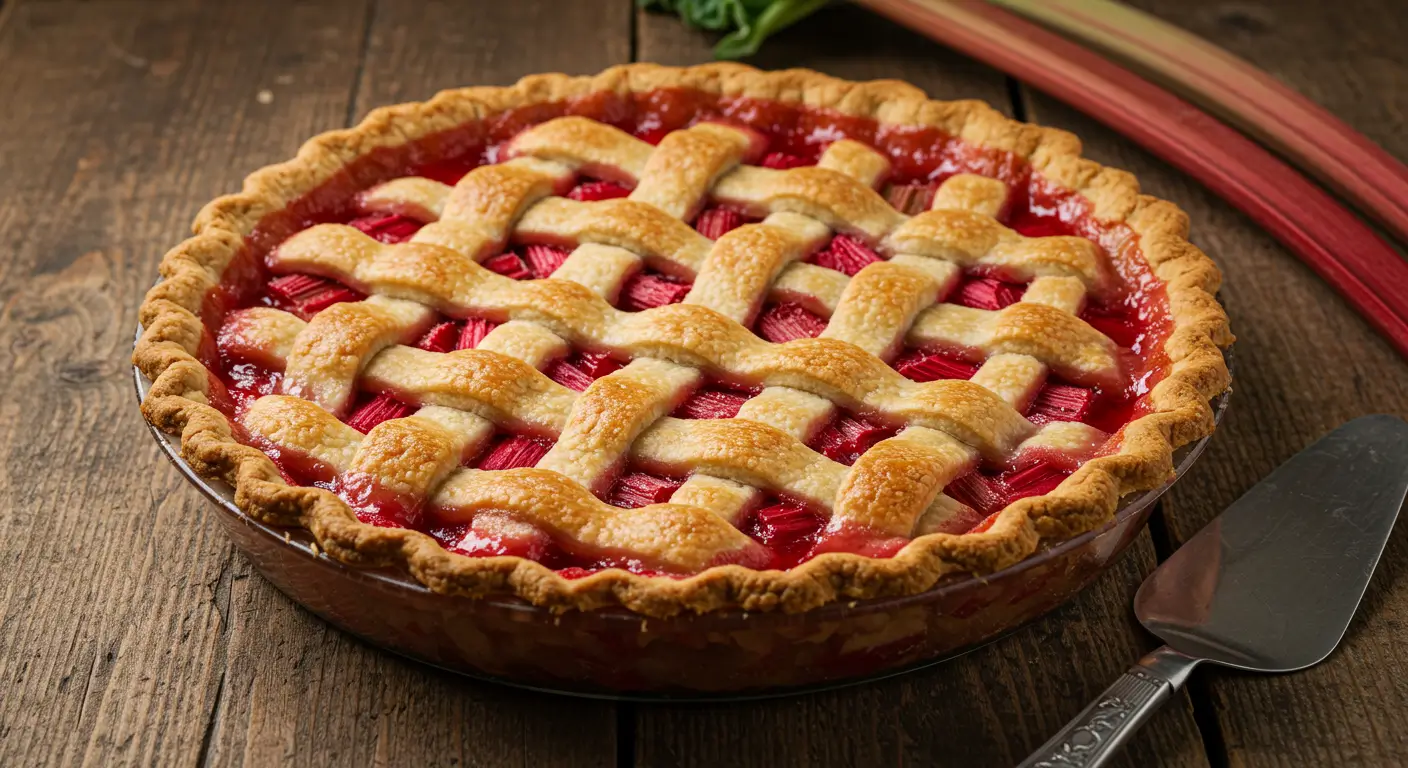

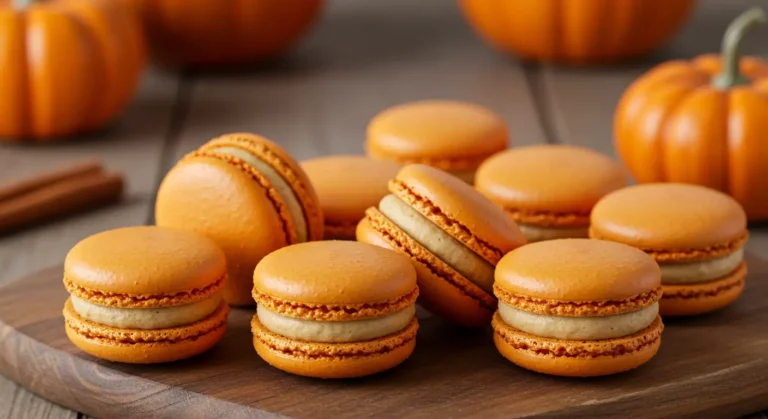
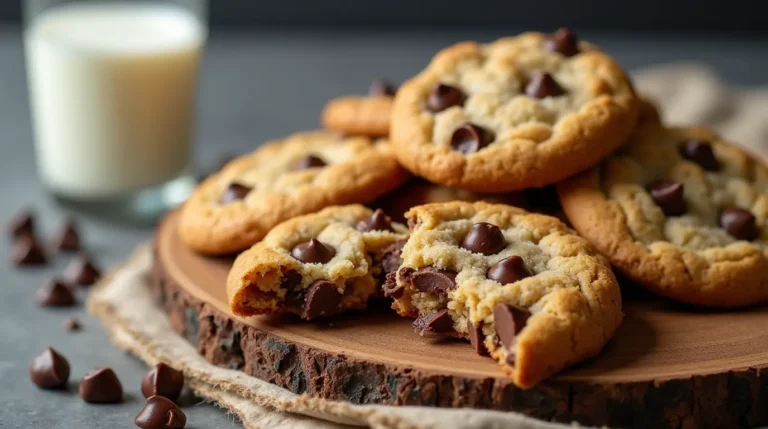
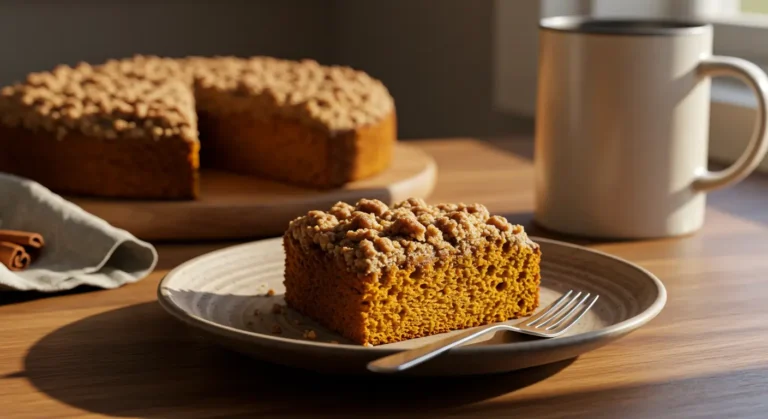
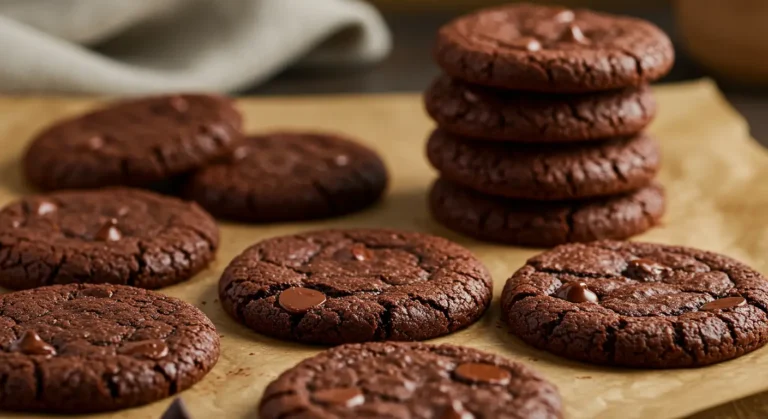
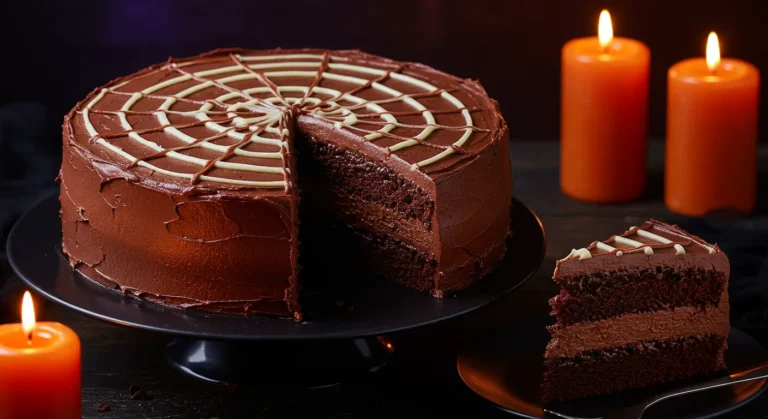
One Comment
Comments are closed.